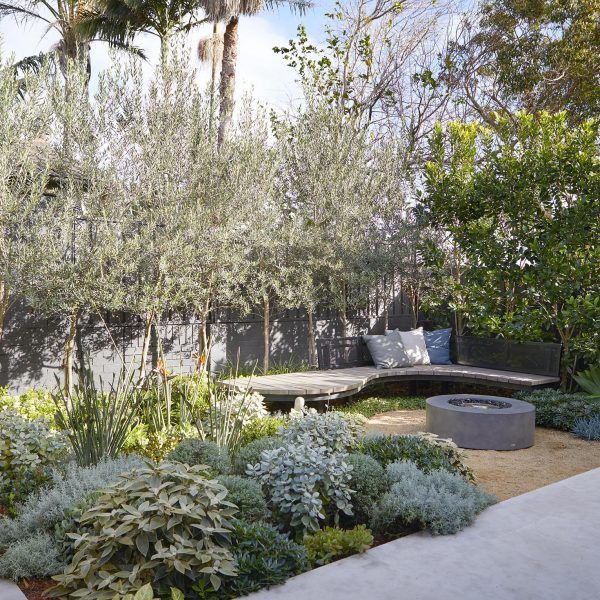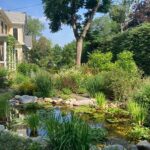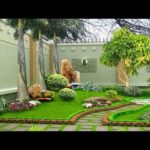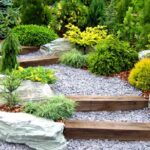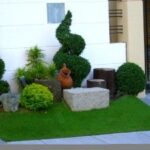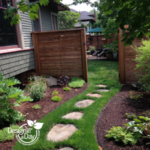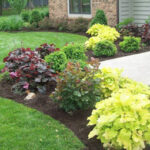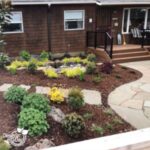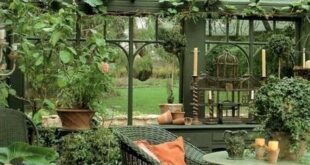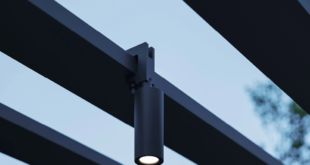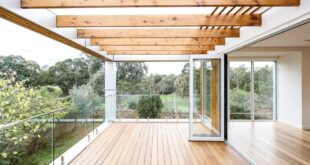Gardens, with their vibrant colors, soothing scents, and calming atmosphere, have long been a beloved feature of homes around the world. Creating a beautiful garden that complements your home and brings you joy requires careful planning and consideration of key elements in garden landscape design. Whether you are starting from scratch or looking to revamp your existing garden, here are some important elements to keep in mind:
1. Purpose and Function: Before you begin designing your garden, consider what you want to use the space for. Do you envision a peaceful retreat for relaxation and meditation? Or perhaps a space for entertaining guests and hosting outdoor dinner parties? Understanding the intended purpose of your garden will help you determine the layout and features that will best suit your needs.
2. Site Analysis: Take note of the natural features of your garden, such as the topography, soil type, sun exposure, and existing plants. Understanding these elements will help you design a garden that is well-suited to its environment and will thrive over time. Consider factors like drainage, microclimates, and wind direction when planning the layout of your garden.
3. Plant Selection: Choosing the right plants for your garden is crucial to its success. Consider factors such as the local climate, sun exposure, soil type, and maintenance requirements when selecting plants. Mix a variety of colors, textures, and heights to create visual interest and balance in your garden. Additionally, consider incorporating native plants and pollinator-friendly species to support local ecosystems and wildlife.
4. Hardscaping: Hardscaping elements such as pathways, patios, walls, and structures are important components of garden design. These features can provide structure, define spaces, and create focal points in your garden. Consider materials that complement your home’s architecture and design aesthetic, such as natural stone, wood, or metal. Incorporating hardscaping elements can help create a harmonious and cohesive garden design.
5. Water Features: Water features such as ponds, fountains, and waterfalls can add a sense of tranquility and serenity to your garden. Consider incorporating a water feature that complements the style and scale of your garden. Water features can also attract wildlife and provide a source of relaxation and enjoyment for you and your guests.
6. Lighting: Proper lighting can enhance the visual appeal of your garden and extend its usability into the evening hours. Consider incorporating a mix of ambient, task, and accent lighting to highlight key features, create a warm and inviting atmosphere, and improve safety and security. Additionally, solar-powered or energy-efficient lighting options can help reduce energy consumption and environmental impact.
In conclusion, creating a beautiful and functional garden requires thoughtful planning and consideration of key elements in garden landscape design. By understanding the purpose and function of your garden, conducting a site analysis, selecting the right plants, incorporating hardscaping elements, adding water features, and integrating lighting, you can create a stunning garden that enhances the beauty of your home and brings you joy for years to come.
